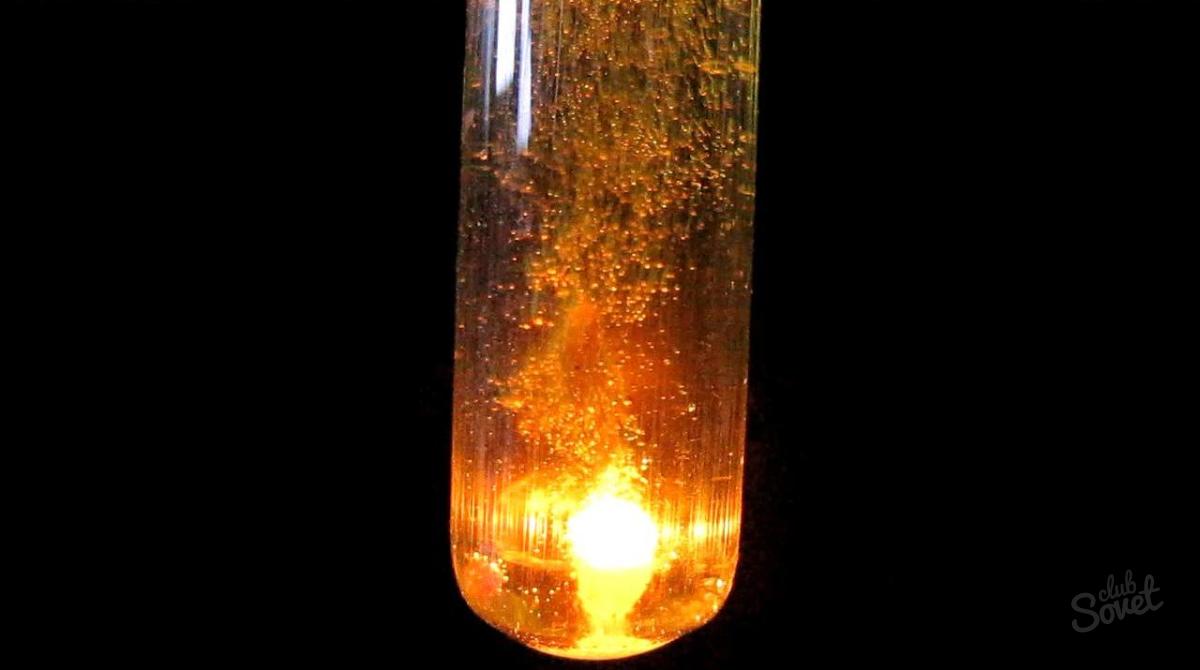How to find the mass of a substance
The space around us is filled with different physical bodies, which consist of different substances with different masses. School courses in chemistry and physics, introducing the concept and method of finding the mass of a substance, were listened to and safely forgotten by everyone who studied at school. But meanwhile, the theoretical knowledge acquired once may be needed at the most unexpected moment.
Calculation of the mass of a substance using the specific density of a substance. Example - there is a barrel of 200 liters. You need to fill the barrel with any liquid, say, light beer. How to find the mass of a filled barrel? Using the substance density formula p=m/V, where p is the specific density of the substance, m is the mass, V is the volume occupied, it is very easy to find the mass of a full barrel:- Measures of volumes - cubic centimeters, meters. That is, a barrel of 200 liters has a volume of 2 m³.
- A measure of specific gravity is found using tables and is a constant value for each substance. Density is measured in kg/m³, g/cm³, t/m³. The density of light beer and other alcoholic beverages can be viewed on the website. It is 1025.0 kg/m³.
- From the density formula p \u003d m / V => m \u003d p * V: m \u003d 1025.0 kg / m³ * 2 m³ \u003d 2050 kg.
A barrel of 200 liters, completely filled with light beer, will have a mass of 2050 kg.
Finding the mass of a substance using the molar mass. M (x) \u003d m (x) / v (x) is the ratio of the mass of a substance to its quantity, where M (x) is the molar mass of X, m (x) is the mass of X, v (x) is the amount of substance X If only 1 known parameter is prescribed in the condition of the problem - the molar mass of a given substance, then finding the mass of this substance is not difficult. For example, it is necessary to find the mass of sodium iodide NaI with the amount of substance 0.6 mol.- The molar mass is calculated in the unified SI measurement system and is measured in kg / mol, g / mol. The molar mass of sodium iodide is the sum of the molar masses of each element: M (NaI)=M (Na)+M (I). The value of the molar mass of each element can be calculated from the table, or you can use the online calculator on the site: M (NaI) \u003d M (Na) + M (I) \u003d 23 + 127 \u003d 150 (g / mol).
- From the general formula M (NaI) \u003d m (NaI) / v (NaI) => m (NaI) \u003d v (NaI) * M (NaI) \u003d 0.6 mol * 150 g / mol \u003d 90 grams.
The mass of sodium iodide (NaI) with a mass fraction of a substance of 0.6 mol is 90 grams.

- Dilution of the solution with water. The mass of the dissolved X substance does not change m (X)=m'(X). The mass of the solution increases by the mass of added water m '(p) \u003d m (p) + m (H 2 O).
- Evaporation of water from solution. The mass of the solute X does not change m (X)=m' (X). The mass of the solution is reduced by the mass of evaporated water m '(p) \u003d m (p) -m (H 2 O).
- Drainage of two solutions. The masses of solutions, as well as the masses of the solute X, add up when mixed: m '' (X) \u003d m (X) + m ' (X). m '' (p) \u003d m (p) + m '(p).
- Dropout of crystals. The masses of the dissolved substance X and the solution are reduced by the mass of the precipitated crystals: m '(X) \u003d m (X) -m (precipitate), m '(p) \u003d m (p) -m (precipitate).


Options for finding the mass of a substance are a useful course of schooling, but methods that are quite applicable in practice. Everyone can easily find the mass of the required substance by applying the above formulas and using the proposed tables. To facilitate the task, write down all the reactions, their coefficients.



